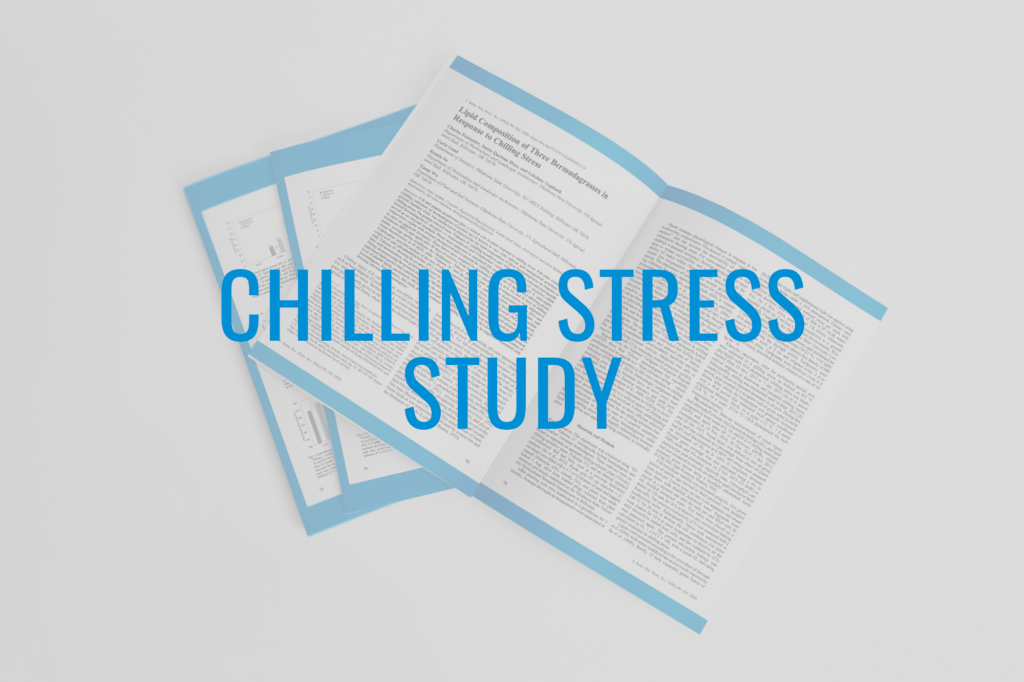Research Suggests Tahoma 31’s Cold Tolerance & Early Spring Green-Up Linked
A research study recently published in the Journal of the American Society for Horticultural
Science may explain some of the reasons why Tahoma 31 Bermudagrass is so much more cold
tolerant than many other tested bermudagrass varieties. The mechanism by which the grass
goes dormant in the late fall may protect the grass from colder temperatures. This mechanism
may also account for why Tahoma 31 has tested as the first to break spring dormancy.
It is hypothesized that Tahoma 31 is more tolerant of freezing temps and has higher cold
tolerance because of its ability to go dormant slightly sooner than some other commercially
available bermudagrasses. This protective measure contributes to it being more cold hardy.
This finding also correlates with how the grass comes out of dormancy earlier than other
bermudagrasses in spring.
“Lipid Composition of Three Bermudagrasses in Response to Chilling Stress” was co-authored
by turfgrass researchers at Oklahoma State University: Charles Fontanier, Justin Quetone
Moss, Lakshmy Gopinath, Carla Goad, Kemin Su, and Yanqi Wu. Published online January
2020.




